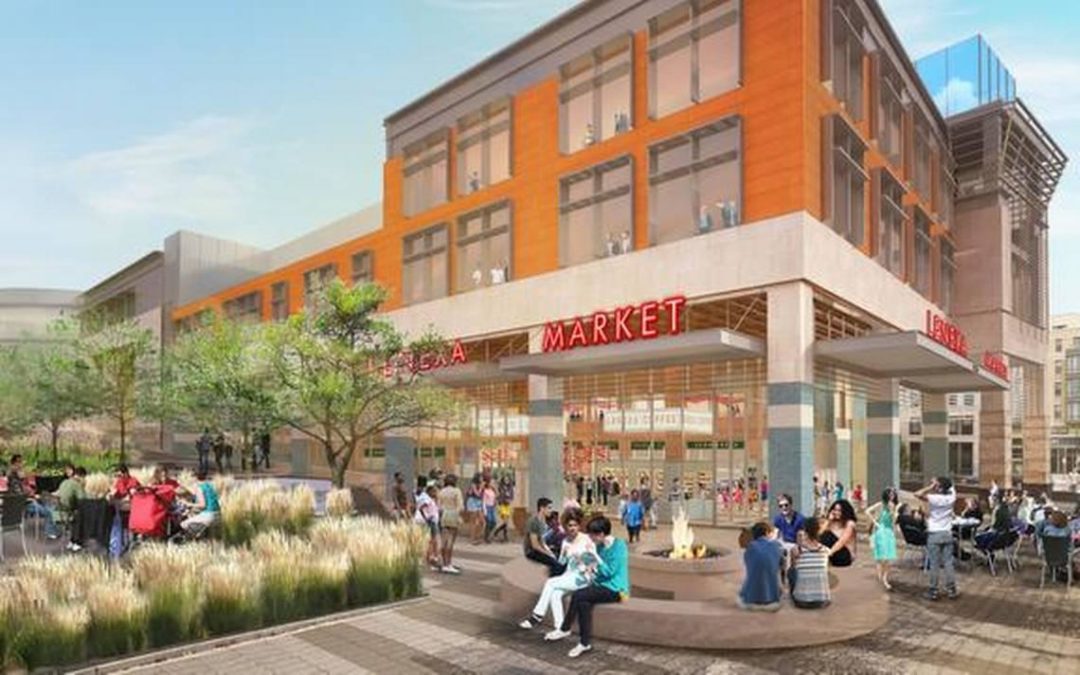As the workforce demographic has evolved, so have the amenities that attract top talent. Smart companies know that creating an appealing environment for the best candidates means access to food options, walking distance to shopping and retail choices, and close proximity to housing.
Millennials are a big part (but not the only part) of this changing trend – especially as older Millennials assume decision-making roles – but employers in general are learning it just makes good sense to cater to their work force by creating a more attractive environment. It’s not just the Millennials, either. Empty nesters and other generations looking to downsize (and possibly travel more) appreciate the practicality and excitement of a mixed-use development.
The mixed-use trend that started on the coasts made its way to the metro a few years ago and continues to be a popular development. The Crossroads is a good example of an organically created mixed-use neighborhood, with new office and commercial options such as Corrigan Station and new residential offerings such as ARTerra that complement the authentic character of the neighborhoods and cater to these younger groups.
However, mixed-use spaces are also being developed outside of the urban core. City Center Lenexa is all about “placemaking”—creating a place where people want to live and visit, with walkability, sustainability, accessibility and visibility. The area is truly creating a downtown one project and one block at a time, adding anchor corporate employers like Kiewit and services for the community like a civic center, a new library and a competition natatorium.
The pandemic has not slowed the construction of mixed-use facilities in Kansas City. Several of these projects have been given and green light and some are already underway. Recently more suburban mixed-use developments that have been approved include The Glade in south Kansas City, Ranchmart in Leawood and West Pryor in Lee’s Summit, which is currently underway.
As companies across the metro are learning, workers are less impressed with the size of the corner office than they are with a place that caters to their life as a whole. And that’s really what’s most important. Instead of spending so much time behind the wheel, mixed-use developments make it possible to walk to stores, entertainment, services and work while enjoying the sense of community. The “live, work, play” concept still holds true, and it’s becoming increasingly attractive to both urban and suburban area residents and job-seekers.

